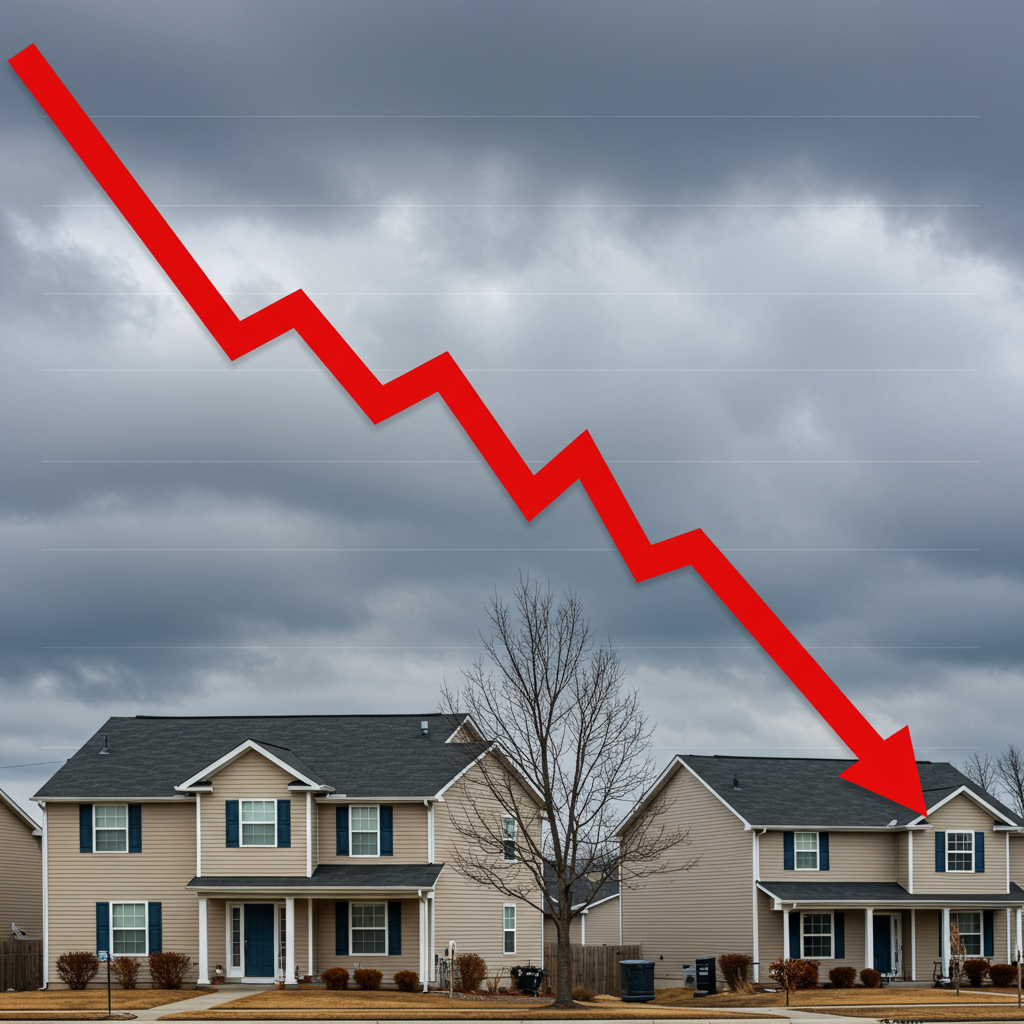US Stock futures Stumble as Trump Threatens tariffs on Nations Aligning with ‘Anti-American’ BRICS
United States stock futures experienced a notable decline early Monday after President Donald Trump issued a warning about potential new tariffs. The President threatened an additional 10% tariff on nations that he perceives as aligning with “Anti-American policies of BRICS.” This unexpected announcement came as the BRICS group – an association comprising Brazil, Russia, India, China, and South Africa – held a meeting in Rio de Janeiro, Brazil. Trump’s comments did not specify which BRICS policies he considered “Anti-American” or which nations might face the additional duties, adding a layer of uncertainty to global trade dynamics.
Adding to the market’s apprehension, Trump also confirmed a revised timeline for previously announced tariffs. These duties are now slated to take effect on August 1, pushing back the widely expected implementation date of July 9. This adjustment follows a period where investors were anticipating a resolution or further delay, contributing to recent market highs. The confirmation of a definite (albeit later) date, coupled with the new threat targeting BRICS-aligned countries, quickly dampened positive sentiment.
Market Reaction: Futures Point Lower
The immediate reaction in the stock futures market was bearish. Dow Jones Industrial Average futures saw a decline of 142 points, representing a 0.31% drop. Similarly, S&P 500 futures dipped by 0.47%, while Nasdaq 100 futures, which represent a significant portion of technology stocks, fell by 0.56%. These movements signaled a likely weaker opening for the main trading session, reflecting investor anxiety over escalating trade tensions and the potential for broader economic impact.
The market had recently enjoyed a period of gains, with the S&P 500 and Nasdaq Composite reaching record highs on the preceding Friday. This rally was partly fueled by optimism that the Trump administration might not implement the most severe tariffs announced back in April. White House statements in the days leading up to the previous July deadline had even described it as “not critical,” further boosting hopes for a reprieve or negotiated outcome.
Clarifying the Tariff Timeline
Significant confusion had surrounded the exact start date for certain tariffs, stemming from an initial 90-day reprieve granted on April’s “reciprocal” tariffs for many U.S. trading partners. This reprieve was originally set to expire on Tuesday, July 9. However, President Trump and Commerce Secretary Howard Lutnick addressed reporters Sunday, explicitly clarifying the timeline.
Administration Confirms August 1 Start Date
When asked to confirm the effective date, Secretary Lutnick stated directly, “Tariffs go into effect Aug. 1. But the president is setting the rates, and the deals, right now.” President Trump reportedly nodded in agreement with this statement. This exchange solidified the new August 1 date as the official commencement for these specific tariffs, superseding the earlier July 9 expectation.
Earlier the same day, Treasury Secretary Scott Bessent provided similar confirmation during an interview on CNN. Bessent indicated that tariffs announced in April would indeed return to their April 2 levels on August 1 for any country that had not yet reached a new trade agreement with the United States. He used the term “boomerang” to describe the return to these higher duty rates if negotiations failed to progress.
Despite these public confirmations, the original April 9 executive order that established the July 9 implementation date did not appear to have been formally revised as of that Sunday. While a president holds broad authority regarding tariffs, a new executive order would typically be issued to formalize a date change like this. Questions sent to the White House by news outlets regarding plans for a new order before the original July 9 date reportedly did not receive an immediate response, adding a layer of procedural uncertainty to the confirmed timeline.
Expert Perspectives on Trade Negotiations and Market Volatility
The evolving situation highlights the inherent volatility trade policy introduces into financial markets. Investors understand that equity markets sitting at all-time highs are particularly sensitive to negative news, especially from the White House regarding trade negotiations. The risk is that unpredictable announcements or the implementation of higher-than-expected tariffs could trigger significant market corrections.
Rajeev Sibal, a senior global economist at Morgan Stanley, commented on the nature of trade talks in a note the previous week. He observed, “Ultimately, trade negotiations usually take a long time to negotiate; free trade arrangements the US negotiated have taken an average of 3 years.” While acknowledging that the current negotiations might be narrower in scope than full free trade agreements, Sibal suggested that the historical precedent of lengthy discussions remains relevant. This perspective implies that trade uncertainty could persist for some time, potentially contributing to ongoing market sensitivity.
Investor Confidence Amidst Uncertainty
Despite the risks posed by trade tensions, some market strategists remain optimistic about the stock market’s ability to maintain its rally. They are betting that the upcoming corporate earnings season could provide a buffer. The argument is that companies, having already begun to adapt their supply chains and strategies to navigate existing tariffs, might be able to surpass relatively low expectations if they demonstrate resilience and adaptability.
Tom Lee, head of research at Fundstrat Global Advisors, articulated this view in a recent interview. He stated, “I agree with anybody who says that, ‘Look, we’ve reshaped some of the economic flows around tariffs,’ but that’s an upside story because if it plays out better, that’s an earnings surprise.” Lee’s comment suggests that the market might be underestimating companies’ ability to absorb or adjust to tariff impacts. He famously described the current market rally as “the most hated V-shaped rally,” implying that many investors remain skeptical despite the gains, which could paradoxically provide room for further upside if fears abate.
The combination of an explicit tariff threat against nations potentially aligning with BRICS and the definitive confirmation of the August 1 start date for existing tariffs introduces fresh uncertainty into global markets. While some experts see potential for continued market strength based on corporate adaptability, the geopolitical and economic implications of expanded tariff actions remain a significant concern for investors monitoring the evolving trade landscape. Understanding the nuances of these trade policies and the market’s reaction is crucial for navigating the current economic environment.
Frequently Asked Questions
What was President Trump’s specific tariff threat regarding BRICS?
President Trump threatened an additional 10% tariff on countries that he views as aligning with the “Anti-American policies of BRICS.” He made this statement while the BRICS group was holding a meeting in Brazil. The specific BRICS policies or the countries potentially targeted by these new tariffs were not elaborated upon in his comments, creating ambiguity about the scope of this potential action.
How did U.S. stock futures respond to the tariff announcement and timeline update?
Following President Trump’s announcement of the new tariff threat and the confirmed August 1 start date for existing tariffs, U.S. stock futures declined. Dow Jones Industrial Average futures fell by 0.31%, S&P 500 futures dipped by 0.47%, and Nasdaq 100 futures dropped by 0.56%. This indicated a negative market reaction and anticipated a weaker opening for the standard trading day.
When did officials confirm the new tariff implementation date?
U.S. officials confirmed the new tariff implementation date on Sunday. Both President Trump and Commerce Secretary Howard Lutnick stated during a press interaction that the tariffs would go into effect on August 1. Separately, Treasury Secretary Scott Bessent also confirmed the August 1 date on CNN, explaining that duties would return to April 2 levels if no trade deals were reached by then. This clarified the timeline from the previously expected July 9 date.
—



